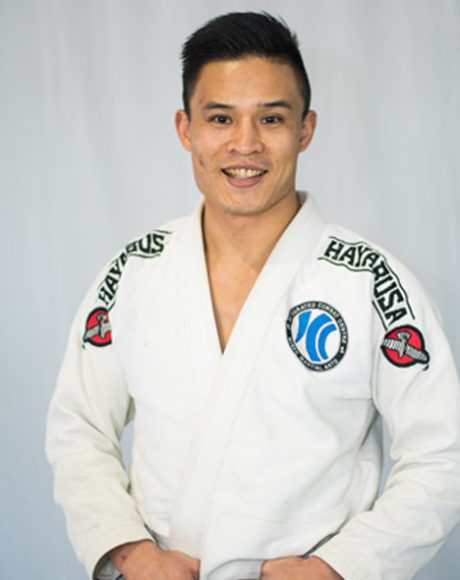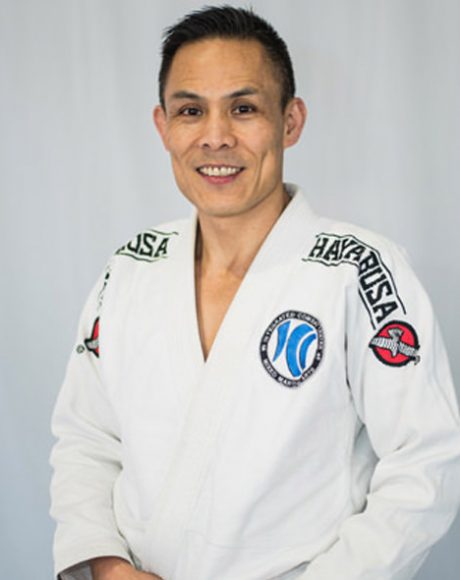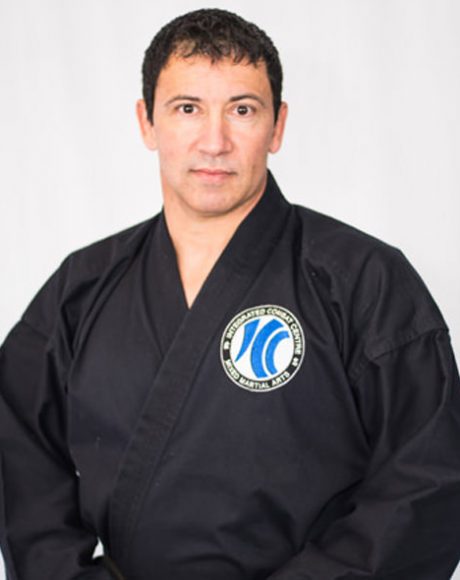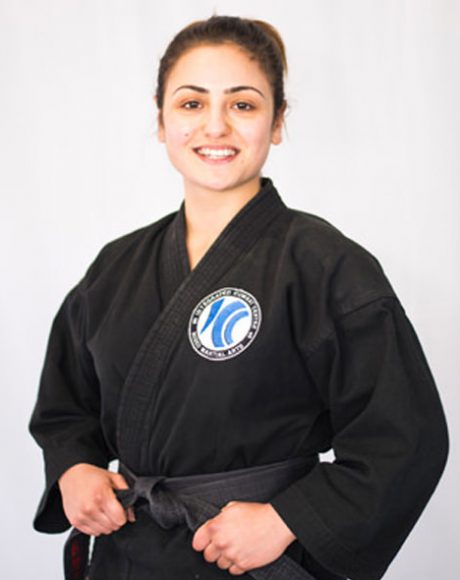Kudo vs. MMA – It’s All about the Context and Mindset
Just two decades ago, most people who were interested in the fighting arts had a limited amount of choices and they had to over-specialize. You could be a boxer, a wrestler, a Judoka, Karateka, Kung Fu practitioner, a Muay Thai practitioner or kick boxer. However, there were people who weren’t afraid to go out and spar with practitioners of other styles and go all out, and these people quickly learned about the limitations on focusing on a single method or specializing in a specific range.
Combat between two humans is a lot more complex than throwing a few kicks and punches from a distance or running up to someone and tackling them – you need to consider a variety of ranges, striking tools, defensive tools, postures that allow you to shrug off blows and deliver your own, etc.
This is how the first mixed style competitions came about, and if we glance over passing fads like Pancrase, we can see two clear types of competitions emerge: MMA and Kudo. These are the main ways for the Sydney martial arts community to test their skills, and since many people would like to train in a well-rounded system, but don’t really understand the difference between these two, we will try to provide some insight to help you decide what’s best for you.
Basic rules
There has been a lot of interest in Kudo in Sydney over the past few years, and ever since the first UFC matches came to Australia the popularity of MMA has been growing steadily as well, so we need to clearly define both arts.
The basic differences can be seen in the rules of both types of competition. Here’s a quick rundown of MMA and Kudo rules:
MMA:
The fight is held in an octagonal or circular cage.
The contestants wear shorts (and sports bra for the ladies), groin protection, fingerless 4-6 oz gloves and mouth guards.
All strikes are allowed except those to the neck, back of the head, eye gauges, downward elbows, kicking or stomping a downed opponent and kneeing a downed opponent in the head (although there are slight variations depending on the organization).
The rounds last 5 minutes, and there are 3 rounds for regular fights and 5 rounds for championship bouts.
The referee only separates the opponents if there is a standstill where no one is doing any damage.
The fight is stopped if a person taps out from a submission or choke, if there is profuse bleeding that makes a fighter unable to continue, if someone is knocked out or if a fighter is being hit repeatedly (particularly on the ground) and is not intelligently defending.
There are clearly defined weight classes.
Kudo :
The fight is held on mats in an open environment with markings denoting the edges of the fighting area.
The contestants wear traditional GI, small fingerless gloves, protective headgear complete with visor.
There is a list of permitted techniques, including head-butts, elbows, knees and kicks, as well as grappling techniques.
There is a main 3 minute round, with two additional 3 minute rounds if the winner is not decided right away.
The referee can separate the opponents for a number of reasons, usually if grappling takes place for longer than 30 seconds (you can only grapple for two 30 second intervals during a round).
There are no clear weight classes, but height and weight are combined to get an index which determines who will be fighting and what techniques will be allowed.
The winner is determined by knockout, submission or overall points scored.
Focusing on safety above all else and stricter rules can stifle Kudo practitioners
While Kudo is a great way to get used to the kind of hectic pace, grabbing, head-butting and aggressive striking that one would encounter in a street attack or bar brawl, it does have plenty of limitations that, ironically, distance it from the realities of combat somewhat.
The main issue experienced fighters have, particularly Sydney Brazilian Jiu Jitsu practitioners that I’ve talked to, is the severe limitation placed on grappling, but there’s an even bigger problem – the mask.
Yes, the very thing that was meant to offer protection and minimize brain injuries can actually make the fighters a little over-confident and eager to rush in carelessly, and there’s plenty of room for error when striking, as you have a big ol’ blob that you can hit to cause an opponent’s head to tilt, instead of having to aim carefully.
While any boxer worth his salt will know how to roll with the punches and let some of them slip off the top of the forehead, and sharp punches to the nose don’t really do much to buckle a good fighter, the mask turns any half-decent punch into an opportunity to wobble the opponent. It also throws off a fighter’s ability to judge distance, since you’re always hitting a couple of inches in front of the face.
MMA rules allow for a lot more freedom and creativity
With MMA, you get to learn the basics of stand up, clinching, wrestling and ground fighting, and you can choose where you like to specialize based on your build, abilities and preferences. There’s a lot more freedom which is why the Sydney martial arts community has been shifting more towards MMA in recent years.
Give our BJJ program a go and experience the improvements to all of these fields. It is considered to be an excellent first style where the skills are easily transferable.





